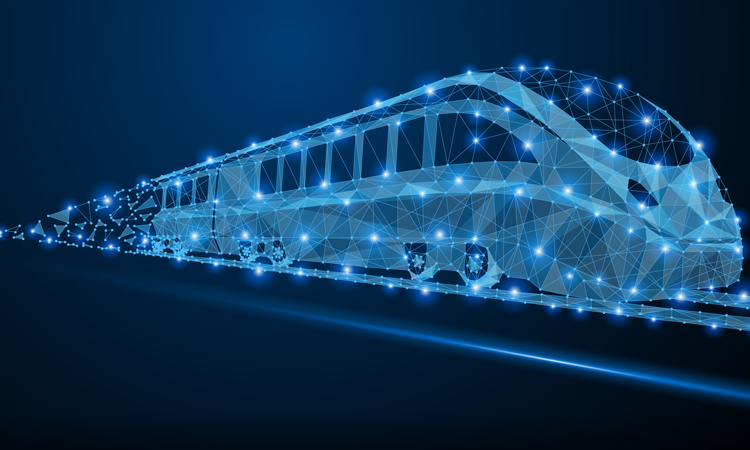The role of technology in the future of rail infrastructure
Posted: 15 March 2019 | Mathias Vanden Auweele - Infrabel | 1 comment
As technologies evolve and develop, the potential applications across the rail industry broaden. Tara Nolan, Global Railway Review’s Junior Editor, spoke to Mathias Vanden Auweele, Project Lead at Infrabel, regarding how this is affecting the management of Belgium’s rail infrastructure.


What role do you see image recognition, artificial intelligence and the Internet of Things playing in the future of rail infrastructure? Is Belgium’s rail infrastructure prepared for these technologies?
In the end, what we want to achieve is very safe, highly available and easily maintainable infrastructure. In relation to this, I see many roles for these technologies: We can use them in every part of our organisation to achieve our goals.
Whether it is by assisting work-train drivers to not pass closed signals or alerting maintenance crews about upcoming failures, these technologies can make a difference. Assistance, digitalisation, work elimination, failure prediction, failure detection, you name it and I’ll give you a working production example at Infrabel. I’m very confident that we are not only prepared for these technologies but leading in these domains.
How is the evolution of technology impacting the management of rail infrastructure?
For a lot of use cases, you don’t actually need state-of-the-art technology. You don’t need very advanced computers, the most compact sensors or wearables. You need competent people with ideas, the right mentality and access to technology to execute. In many ways, it’s not the evolution of technology but the adoption of these technologies by employees that impact the management of rail infrastructure.
There are still many benefits achievable with old technologies. Sometimes it takes a smart developer half a day to develop a shortcut that saves a couple of people hours each month. You need to find these quick wins and exploit them. They’ll then talk to you about other tasks that you could automate. Sometimes you need a fancy Lidar to measure the catenary and sometimes you can write a few lines of code. In the end you’ll manage your infrastructure by listening to and assisting your co-workers in their jobs.
How does Belgium’s rail infrastructure need to adjust to ensure rail remains an attractive mode of transport for passengers?
Passengers hardly connect with the rail infrastructure that is managed by Infrabel. But as an infrastructure manager, we do have the responsibility towards our clients, the railway undertakings, to help them achieve these goals. Therefore, improving the safety of trains in general and the availability of the grid are without a doubt the two most important priorities for our company. We have several projects ongoing to cover these priorities of which our ETCS masterplan is the most important. Off course the train passengers, of which there are more and more in Belgium, also want many, frequent trains. So capacity should increase as well, making that our third priority.
Is Infrabel involved in any specific technology trials currently?
We are continuously testing, developing and integrating new products in all domains.
What precautions are in place to ensure safety remains a key focus in technology advances?
This depends on the type of technology advances. Most implementations require a risk analysis to evaluate the impact on safety (and other domains). The closer relation to safety the new technology has, the stricter the impact evaluation. This assessment is not a one shot evaluation but a continuous exercise during and after the project.
Biography


He has a Masters in Industrial Engineering – Electromechanics and from KU Leuven a Masters in Engineering – Energy.









A very clear view from an Expert! Without daydreams and unrealistic visionary projects. I really like that!